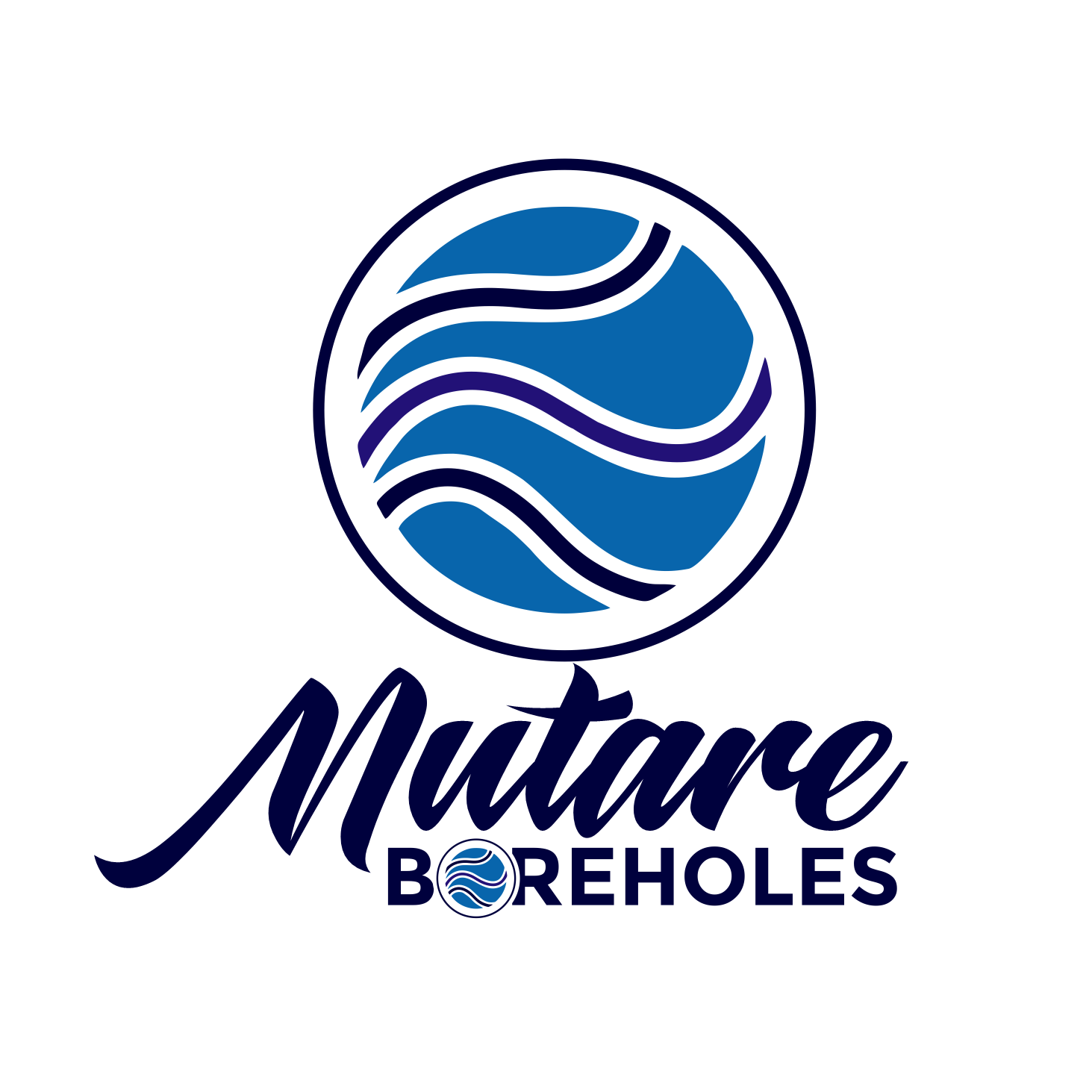The Breeding Stock
One is when you have mixed sex quails in a cage/ housing. The male-female rate should be 1:2.5 which means 4 quail cockerels to 10 quail hens. If you breed quails on a larger scale or don’t have the time necessary to spend on the other method this is the one you want to go for. This method has some disadvantages as well, like frequent fights between the males, which causes general nervousness in the cage and the fertilization and egg laying rate can become irregular.
The other method is to keep the individual males and females separately and place the cockerels into the hen’s cages periodically to do their job. This way you will achieve high fertility rate and the breeding quality can also be well monitored. It’s a good practice on a small scale breeding, especially when you want to go for breeds like a Chinese Painted quail where with this method you have better control over the required colours and patterns of the quails that you wish for. The only disadvantage of this method is that is time consuming.
The Incubating
The domesticated quail has lost the instinct of nesting so pretty much the only way of breeding quail is in an incubator. An alternative choice is to place the eggs under a broody hen (ideally Bantam) for hatching. If you choose this option you will need to remove any other egg types from under the broody hen though.
Collect the eggs 3-5 times a day to reduce infection rate. Select healthy looking eggs with strong looking shell, inspect them thoroughly looking for any cracks or other damage. Do NOT wash the quail eggs, this will remove their porous protective coating and they’ll become vulnerable against bacterial infections. It’s also advisable to perform a candling check. This will show you any possible cracks, the health of the yolks and the size of the airspace. If you get an egg candler make sure you get the high intensity one because the standard candler will not shine through the dark shell of the quail egg.
Store the quail eggs in a dry, cool place on egg trays with fat end up. The storing temperature should be between 12 – 17 degrees Celsius and the relative humidity around 70 - 80 percent. Be careful, if the temperature rises above 18°C the development of the little embryos can begin and your hatching quail eggs become useless. Do NOT store hatching quail eggs in the fridge, its too cold for them. Some say that you can use quail eggs up to 10 days old for incubating but we would not recommend using quail eggs older than 7 days.
The eggs should be fumigated after collection but some breeders do the fumigation when the quail eggs are placed in the incubator for hatching. If you choose the second option, the fumigation must be done within the first 12 hours of incubation. For fumigation use 25g of Potassium Permanganate and 35ml of Formalin (40%) for each cubic metre of incubator space. The method is like this: Place the Potassium Permanganate in an enamelled or ceramic large diameter but low walled dish (like an oven pan or large fry pan, or cake plate or similar), then add the Formalin. Do not breathe in the Formalin, it's best to use a suitable respirator. Place the dish into your incubator. the temperature should be set between 20-30°C and the relative humidity between 80-90%. If you have a forced air incubator have the fan running but block the vents for 20 minutes, then open to remove the container and vent. For still air incubators keep it running for 20 minutes then open to remove the container and vent.
The room where you set your incubator up should be of a steady constant temperature. The incubator must be clean and disinfected. Make sure you run the incubator for about a day with correctly set temperature and humidity before you place the quail eggs inside.
At the end of the day it is your choice what kind of incubator you will use but we recommend using a fan assisted incubator with automatic turning facility. If you get a decent fan assisted incubator you will not have any cold spots, with automatic turning facility you won’t forget to turn the eggs, so you’re half way there to achieve a successful hatching rate. If your incubator is not equipped with an automatic egg turning system turn the eggs manually 3-4 times a day. Egg turning is very important to keep the little chick embryos in the middle of the egg and prevent them from sticking to the inside of the shell. There are only two major other things you have to watch out for, and that is to maintain the correct temperature which in the case of the quail is 37.8°C (100.04°F) and the humidity level of 45-55%. Even if you have a fully automatic digitally controlled incubator it’s recommended to place an extra temperature and humidity meter into the incubator in the way that you can check the values through the viewing window just to make sure that your incubator is not letting you down. The correct temperature level is very important. Under-incubating (temperature too low) will result in late hatching and over-incubating (temperature too high) will result in early hatching. None of them is good, you will loose a lot of quail chicks if it happens. That’s it for the first 7 days. On the 7th day you can perform a n egg candling to see how many eggs are fertile. At this stage you should already recognize the quail embryo inside the egg. Remove any “empty” quail eggs to prevent the transfer of infections onto the healthy eggs and carry on incubating for another 8 days. On the 15th day stop the turning mechanism or if you’ve been turning the eggs manually stop the turning and lower the temperature slightly to 37.5°C (99.5°F). At this stage raise the humidity level to above 80%. This will soften the shell and help the little quail chicks getting out easier. If your incubator has a separate hatching tray then put your quail eggs on the hatching tray. Japanese Quail chicks will begin to hatch from the 16th day of incubation, but most of them should hatch on the 17th day. Any quail chicks that hatch after the 18th day will probably die. If you achieve 75% of hatching rate or above, you’ve done very well.
Very important is that you let the quail chicks come out on their own and don’t help them by any means. If they need help they are not strong enough to live and will die within a day or two anyway .
Keep the chicks in the incubator until they become dry and fluffy, then place them into the pre-heated brooder. Don’t rush this or they will catch a cold, get curled up feet and die. The quail chick can be left in the incubator for up to 24 hours (some say even 48 hrs) after hatching.
Quail Breeding In Zimbabwe: There are generally two main methods of breeding that are normally practiced in quail breeding.
One is when you have mixed sex quails in a cage/ housing. The male-female rate should be 1:2.5 which means 4 quail cockerels to 10 quail hens. If you breed quails on a larger scale or don’t have the time necessary to spend on the other method this is the one you want to go for. This method has some disadvantages as well, like frequent fights between the males, which causes general nervousness in the cage and the fertilization and egg laying rate can become irregular.
The other method is to keep the individual males and females separately and place the cockerels into the hen’s cages periodically to do their job. This way you will achieve high fertility rate and the breeding quality can also be well monitored. It’s a good practice on a small scale breeding, especially when you want to go for breeds like a Chinese Painted quail where with this method you have better control over the required colours and patterns of the quails that you wish for. The only disadvantage of this method is that is time consuming.
 |
| Quail Breeding In Zimbabwe |
The domesticated quail has lost the instinct of nesting so pretty much the only way of breeding quail is in an incubator. An alternative choice is to place the eggs under a broody hen (ideally Bantam) for hatching. If you choose this option you will need to remove any other egg types from under the broody hen though.
Collect the eggs 3-5 times a day to reduce infection rate. Select healthy looking eggs with strong looking shell, inspect them thoroughly looking for any cracks or other damage. Do NOT wash the quail eggs, this will remove their porous protective coating and they’ll become vulnerable against bacterial infections. It’s also advisable to perform a candling check. This will show you any possible cracks, the health of the yolks and the size of the airspace. If you get an egg candler make sure you get the high intensity one because the standard candler will not shine through the dark shell of the quail egg.
Store the quail eggs in a dry, cool place on egg trays with fat end up. The storing temperature should be between 12 – 17 degrees Celsius and the relative humidity around 70 - 80 percent. Be careful, if the temperature rises above 18°C the development of the little embryos can begin and your hatching quail eggs become useless. Do NOT store hatching quail eggs in the fridge, its too cold for them. Some say that you can use quail eggs up to 10 days old for incubating but we would not recommend using quail eggs older than 7 days.
The eggs should be fumigated after collection but some breeders do the fumigation when the quail eggs are placed in the incubator for hatching. If you choose the second option, the fumigation must be done within the first 12 hours of incubation. For fumigation use 25g of Potassium Permanganate and 35ml of Formalin (40%) for each cubic metre of incubator space. The method is like this: Place the Potassium Permanganate in an enamelled or ceramic large diameter but low walled dish (like an oven pan or large fry pan, or cake plate or similar), then add the Formalin. Do not breathe in the Formalin, it's best to use a suitable respirator. Place the dish into your incubator. the temperature should be set between 20-30°C and the relative humidity between 80-90%. If you have a forced air incubator have the fan running but block the vents for 20 minutes, then open to remove the container and vent. For still air incubators keep it running for 20 minutes then open to remove the container and vent.
The room where you set your incubator up should be of a steady constant temperature. The incubator must be clean and disinfected. Make sure you run the incubator for about a day with correctly set temperature and humidity before you place the quail eggs inside.
At the end of the day it is your choice what kind of incubator you will use but we recommend using a fan assisted incubator with automatic turning facility. If you get a decent fan assisted incubator you will not have any cold spots, with automatic turning facility you won’t forget to turn the eggs, so you’re half way there to achieve a successful hatching rate. If your incubator is not equipped with an automatic egg turning system turn the eggs manually 3-4 times a day. Egg turning is very important to keep the little chick embryos in the middle of the egg and prevent them from sticking to the inside of the shell. There are only two major other things you have to watch out for, and that is to maintain the correct temperature which in the case of the quail is 37.8°C (100.04°F) and the humidity level of 45-55%. Even if you have a fully automatic digitally controlled incubator it’s recommended to place an extra temperature and humidity meter into the incubator in the way that you can check the values through the viewing window just to make sure that your incubator is not letting you down. The correct temperature level is very important. Under-incubating (temperature too low) will result in late hatching and over-incubating (temperature too high) will result in early hatching. None of them is good, you will loose a lot of quail chicks if it happens. That’s it for the first 7 days. On the 7th day you can perform a n egg candling to see how many eggs are fertile. At this stage you should already recognize the quail embryo inside the egg. Remove any “empty” quail eggs to prevent the transfer of infections onto the healthy eggs and carry on incubating for another 8 days. On the 15th day stop the turning mechanism or if you’ve been turning the eggs manually stop the turning and lower the temperature slightly to 37.5°C (99.5°F). At this stage raise the humidity level to above 80%. This will soften the shell and help the little quail chicks getting out easier. If your incubator has a separate hatching tray then put your quail eggs on the hatching tray. Japanese Quail chicks will begin to hatch from the 16th day of incubation, but most of them should hatch on the 17th day. Any quail chicks that hatch after the 18th day will probably die. If you achieve 75% of hatching rate or above, you’ve done very well.
Very important is that you let the quail chicks come out on their own and don’t help them by any means. If they need help they are not strong enough to live and will die within a day or two anyway .
Keep the chicks in the incubator until they become dry and fluffy, then place them into the pre-heated brooder. Don’t rush this or they will catch a cold, get curled up feet and die. The quail chick can be left in the incubator for up to 24 hours (some say even 48 hrs) after hatching.
















